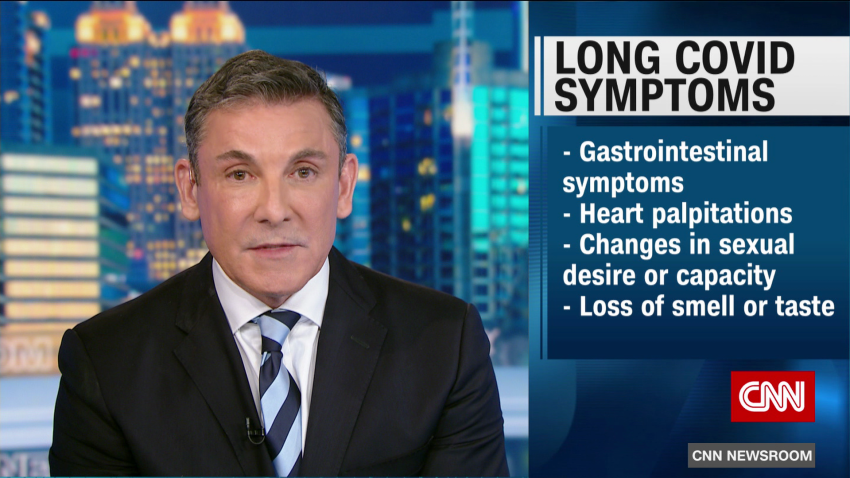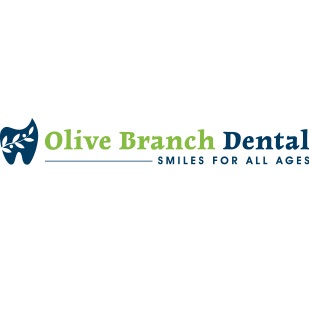How To Care For Teeth Post Braces? Maintenance Guide
The journey to achieving a perfectly aligned smile doesn’t end with the removal of braces. In fact, the post-braces period is crucial for maintaining the integrity and health of your teeth. After investing time, effort, and resources into orthodontic treatment, it’s essential to prioritize proper care to ensure your teeth remain healthy, straight, and beautiful for years to come.
Immediate Post-Braces Care
immediately after your braces are removed, your teeth and gums may be sensitive. This sensitivity is temporary and can be managed with gentle care and a few simple precautions:
- Gentle Brushing: Use a soft-bristled toothbrush and a fluoride toothpaste. Brush your teeth gently in circular motions, making sure to clean all surfaces without applying too much pressure.
- Interdental Cleaning: Since your teeth are now aligned, it’s easier to clean between them. Use dental floss or an interdental brush to remove any food particles or plaque that may accumulate.
- Mouthwash: Rinsing with a fluoride mouthwash can help reduce sensitivity and strengthen tooth enamel.
- Dietary Adjustments: Stick to a soft diet for the first few days to minimize discomfort. Avoid hard, sticky, or crunchy foods that could irritate your teeth and gums.
Long-Term Maintenance
The key to maintaining your smile after braces is consistent and thorough oral hygiene practice, combined with regular dental check-ups:
- Regular Brushing and Flossing: Continue to brush your teeth at least twice a day and floss once a day. Pay special attention to the areas where your teeth and gums meet.
- Dental Check-ups: Visit your dentist regularly for check-ups and cleanings. These visits are crucial for identifying any potential issues early and preventing problems.
- Retainer Wear: If your orthodontist has prescribed a retainer, wear it as directed. Retainers help maintain the position of your teeth and prevent them from shifting back to their original position.
- Monitoring for Issues: Keep an eye out for any signs of tooth decay, gum disease, or shifts in tooth alignment. Early detection can make a significant difference in treatment outcomes.
Advanced Oral Care Techniques
Incorporating advanced oral care techniques into your routine can further enhance the health and appearance of your teeth:
- Electric Toothbrushes: Consider using an electric toothbrush, which can be more effective at removing plaque and improving gum health compared to manual toothbrushes.
- Waterpiks: For extra cleaning between your teeth and below the gumline, a waterpik can be a valuable addition to your oral care arsenal.
- Desensitizing Toothpaste: If you experience sensitivity, using a desensitizing toothpaste can help alleviate this issue.
- Whitening: To maintain or enhance the whiteness of your teeth, consider professional teeth whitening treatments or at-home whitening products. Always consult with your dentist before starting any whitening regimen.
The Importance of Retainers
Retainers are a critical component of post-braces care. They are designed to hold your teeth in their new position, allowing the bone and gums to stabilize around them. There are different types of retainers, including:
- Fixed Retainers: These are bonded to the back of your teeth and are not removable by the patient.
- Removable Retainers: As the name suggests, these can be taken out by the patient for eating, cleaning, and other activities.
Dealing with Post-Braces Sensitivity
Some sensitivity after braces removal is normal, but there are steps you can take to manage it:
- Desensitizing Products: Use toothpaste and mouthwashes designed for sensitive teeth.
- Avoid Extreme Temperatures: Try to avoid consuming very hot or very cold foods and drinks.
- Gentle Dental Products: Opt for a soft-bristled toothbrush and gentle dental products to minimize irritation.
Maintaining Your Smile Over Time
As time passes, it’s natural for minor shifts in tooth alignment to occur due to the natural movement of teeth throughout life. However, with consistent oral care and adherence to your retainer wear schedule, you can minimize these shifts:
- Annual Orthodontic Check-ups: Even after your treatment is complete, visiting your orthodontist annually can help identify any issues early.
- Adjustments as Needed: If your retainer no longer fits properly or you notice significant changes in your teeth alignment, consult with your orthodontist about adjustments or new retainers.
Conclusion
Caring for your teeth after braces requires commitment and awareness of the specific needs of your newly aligned smile. By following a meticulous oral hygiene routine, attending regular dental check-ups, and wearing your retainer as prescribed, you can enjoy a healthy, perfectly aligned smile for years to come. Remember, the investment you made in orthodontic treatment is not just about aesthetics; it’s also about enhancing your oral health and overall well-being.
How often should I visit my dentist after getting my braces removed?
+It’s recommended to visit your dentist every six months for a check-up and cleaning. This frequency can help in the early detection of any oral health issues and ensure your teeth remain healthy and well-aligned.
What are the benefits of wearing a retainer after braces?
+How can I deal with sensitivity after getting my braces removed?
+To manage sensitivity, use desensitizing toothpaste and mouthwash, avoid extreme temperatures, and opt for gentle dental products. If the sensitivity persists or worsens, consult with your dentist for further guidance.

